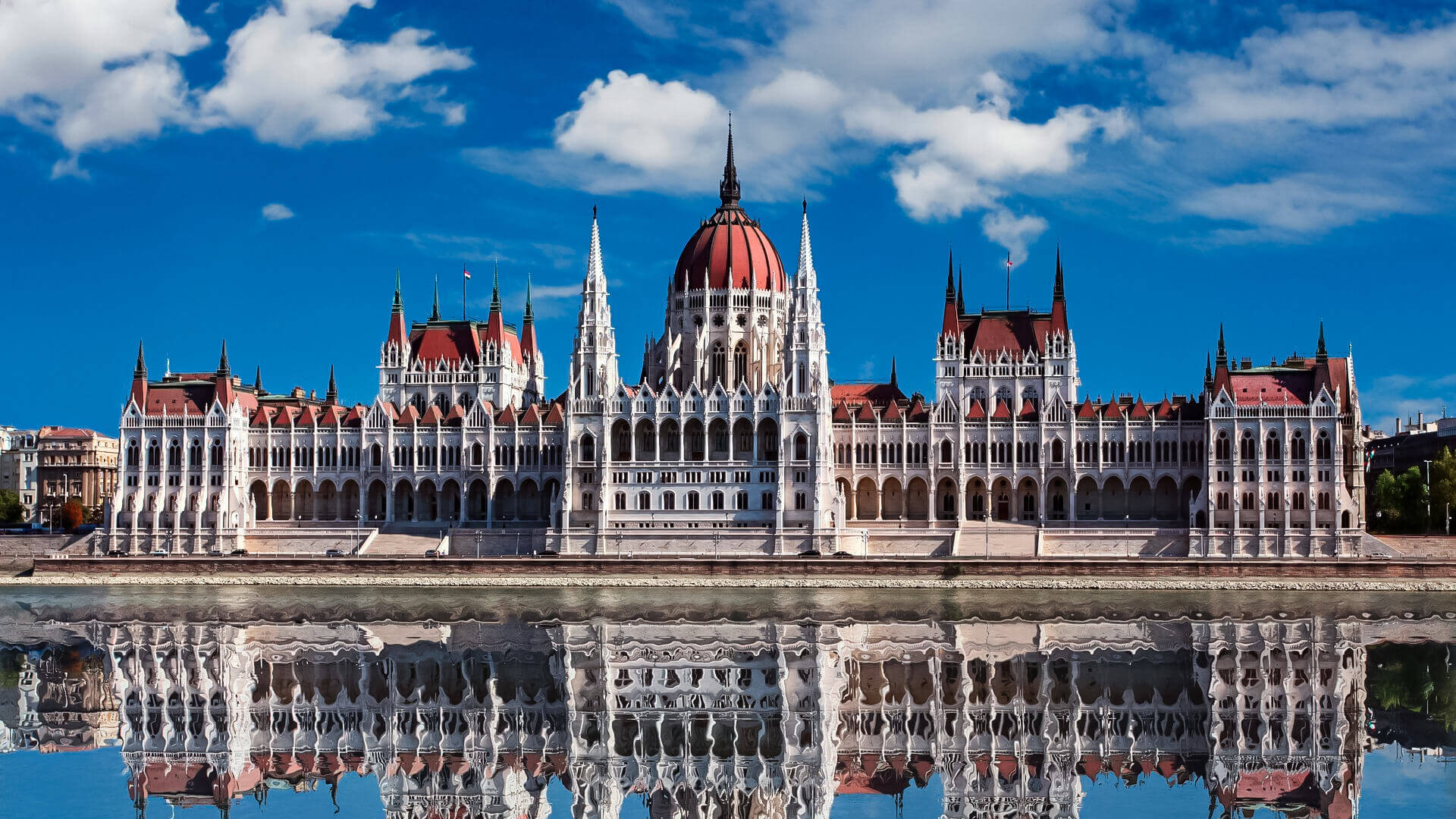Hungary is a Central European unitary parliamentary republic. It has a land area of 93,030 square kilometers (35,920 square miles), is located in the Carpathian Basin, and is bounded on the north by Slovakia, on the east by Romania, on the south by Serbia, on the southwest by Croatia, on the west by Slovenia, on the northwest by Austria, and on the northeast by Ukraine. Hungary, with a population of about ten million, is one of the most populated states in Central and Eastern Europe and a medium-sized European Union member state. Hungary’s official language is Hungarian, which is the world’s most commonly spoken uralic language. Budapest, Hungary’s capital and biggest metropolis, is a major economic center and a worldwide city classed as an Alpha-. Debrecen, Szeged, Miskolc, Pécs, and Gyr are major urban areas.
Following centuries of continuous occupation by Celts, Romans, Slavs, Gepids, and Avars, the late 9th century conquest of the Carpathian Basin by the Hungariangrand prince rpád established the foundations of Hungary. In 1000, his great-grandson Stephen I succeeded to the throne, establishing a Christian monarchy in the nation. By the 12th century, Hungary had developed into a middling power within the Western world, and by the 15th century had reached a golden era. Following the Battle of Mohácsin in 1526 and about 150 years of Ottoman domination (1541–1699), Hungary fell under Habsburg control and subsequently merged with Austria to create the great power Austro–Hungarian Empire.
Hungary’s present boundaries were set in 1920 by the Treaty of Trianon, after the country’s loss of 71% of its land, 58% of its people, and 32% of ethnic Hungarians during World War I. Hungary joined the Axis Powers in World War II after the interwar era, incurring enormous damage and fatalities. Hungary became a Soviet Union satellite state, aiding in the creation of a four-decade-long communist dictatorship (1947–1989). The country received significant worldwide attention after the 1956 Revolution and the crucial 1989 opening of its formerly closed border with Austria, which hastened the fall of the Eastern Bloc. Hungary reverted to democratic parliamentary republic status on 23 October 1989.
Hungary is a middle power in the twenty-first century, with the world’s 57th biggest economy by nominal GDP and the 58th largest by purchasing power parity, out of 188 nations as assessed by the IMF. As a significant player in a number of industrial and technical areas, it ranks 36th in terms of both exports and imports. Hungary is a high-income economy with an affluent population. It ensures the continuation of social security and universal health care, as well as tuition-free higher education. Hungary scores well in worldwide rankings; it is ranked 20th in terms of quality of life, 25th in terms of inequality-adjusted human development, 32nd in terms of social progress, and 19th in terms of safety.
Hungary became a member of the European Union in 2004 and has been a member of the Schengen Area since 2007. Hungary is a member of the United Nations, NATO, the World Trade Organization, the World Bank, the Asian Infrastructure Investment Bank, the Council of Europe, and the Visegrád Group. The Hungarian army contributes significantly to international peacekeeping missions, with about 700 personnel stationed abroad, including 100 HDF troops in Afghanistan’s NATO-led ISAF force, 210 Hungarian soldiers in Kosovo’s KFOR, and 160 troops in Bosnia and Herzegovina. Hungary is well-known for its illustrious cultural past, having made major contributions to the arts, music, literature, sports, and science and technology. Hungary is a famous tourism destination, having welcomed 12.1 million foreign visitors in 2014. It is home to the world’s biggest thermal water cave system, the world’s second largest thermal lake, Central Europe’s largest lake, and Europe’s largest natural grasslands.


